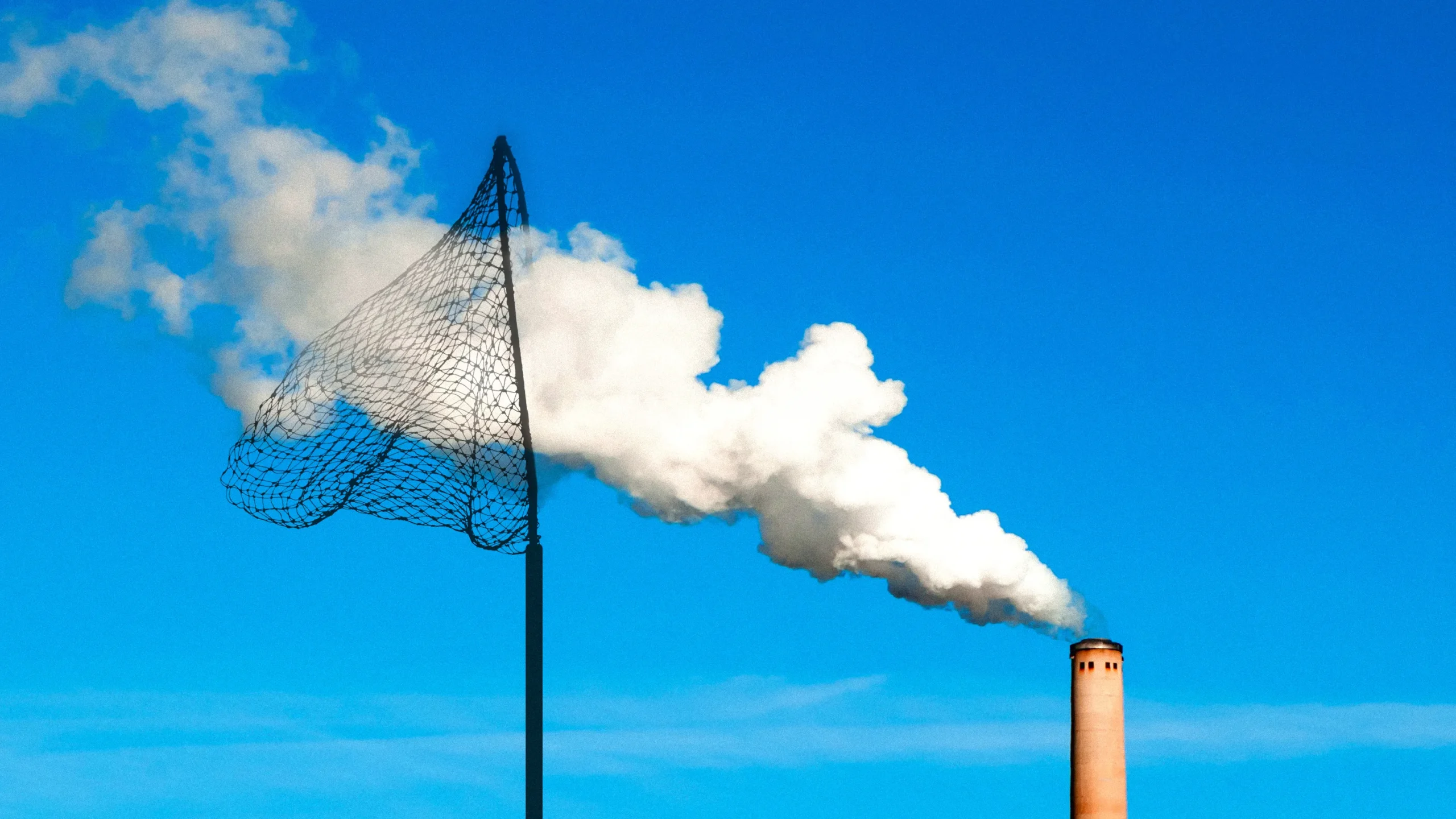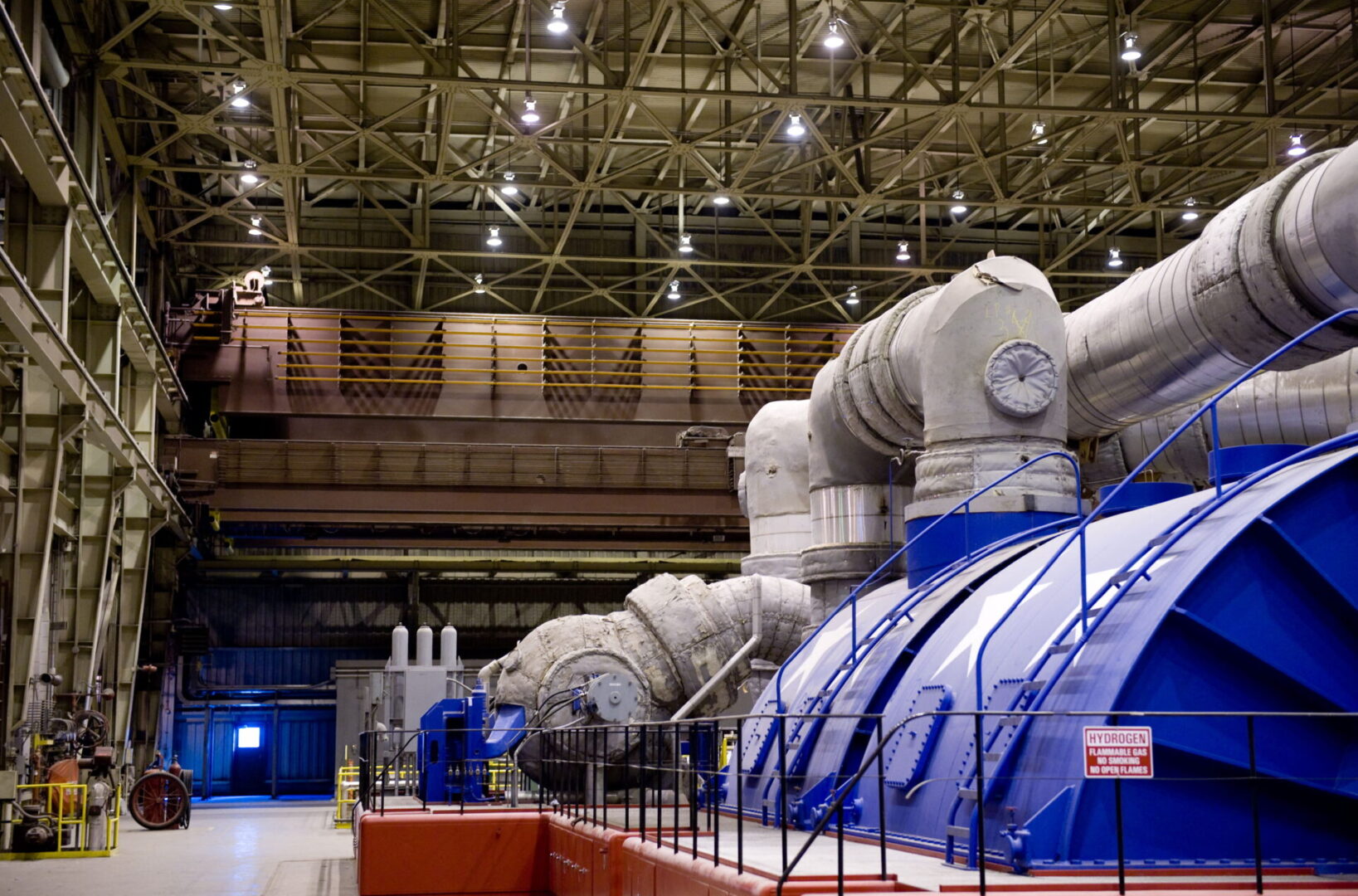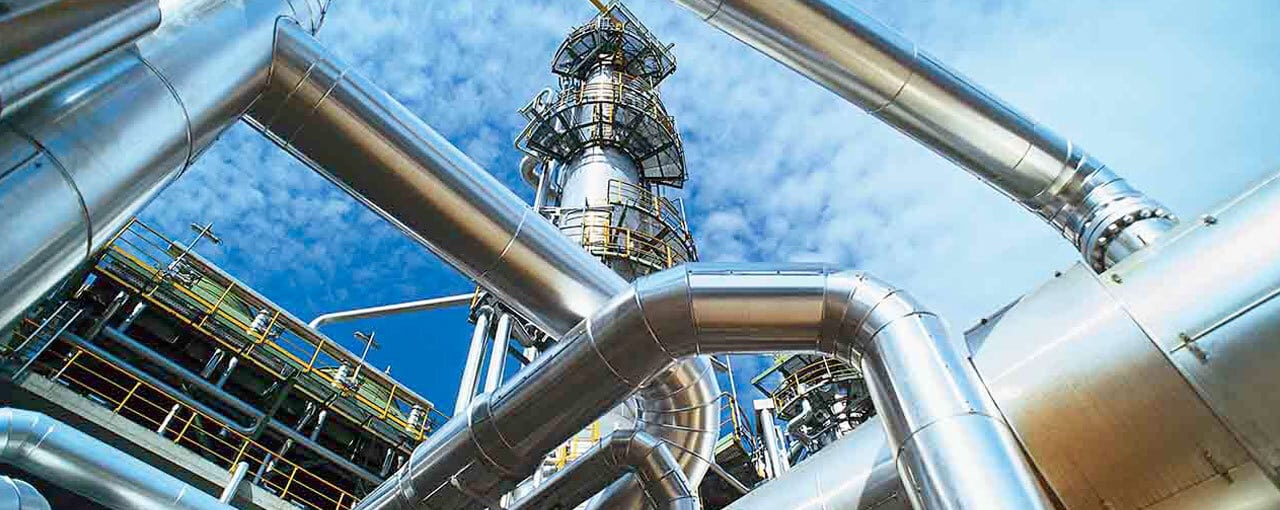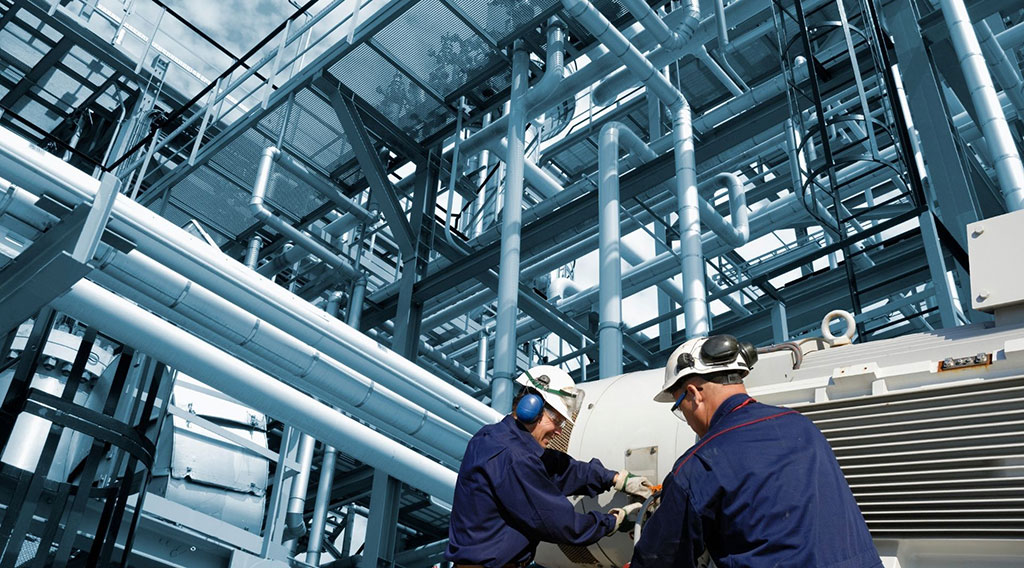Case studies of successful CCUS projects in Canada
Successful CCUS projects in Canada
Canada has been at the forefront of developing successful Carbon Capture, Utilization, and Storage (CCUS) projects. CCUS technology is crucial for the reduction of greenhouse gas emissions, and Canada has made significant strides in this regard. This article discusses some of the successful CCUS projects in Canada.
Boundary Dam: The world’s first and largest CCS project
Boundary Dam in Saskatchewan is the world’s first commercial-scale CCS project. It started operation in 2014 and captures up to one million tonnes of CO2 annually. The CO2 is transported via pipeline and stored underground. This project is a significant milestone in the development of CCUS technology.
Quest: The largest CCS facility in the world
Quest is the largest CCS facility globally, located in Alberta. The project started operation in 2015 and captures over 1.3 million tonnes of CO2 annually. The CO2 is transported via pipeline to a deep saline formation and stored underground. Quest’s success shows that CCS technology is viable and scalable.
Alberta Carbon Trunk Line: A pipeline for CO2 capture and storage
The Alberta Carbon Trunk Line is a pipeline that transports CO2 from various facilities in Alberta to the Quest facility for storage. The pipeline started operation in 2020 and has a capacity of 14.6 million tonnes of CO2 annually. The pipeline is essential in transporting CO2 from different sources to the storage facility.
Shell Quest CCS: Innovative CCS technology in the oil sands
Shell Quest CCS is a joint venture between Shell Canada, Chevron Canada, and Marathon Oil Sands LP. It uses innovative CCS technology to capture, store and transport CO2 from oil sands facilities in Alberta. The project shows that CCS technology can be integrated into the oil and gas industry to reduce emissions.
Carbon Clean Solutions: Successful small-scale CCUS in Canada
Carbon Clean Solutions (CCSL) is a small-scale CCUS project in Vancouver, British Columbia. It captures CO2 emissions from a bio-ethanol plant and stores it in a nearby geological formation. The project is significant as it shows that CCUS technology can be implemented on a smaller scale and in various industries.
SaskPower CCS: Reducing emissions for cleaner energy
SaskPower CCS is a project in Saskatchewan that captures CO2 emissions from a coal-fired power plant. The project started operation in 2014 and captures over one million tonnes of CO2 annually. The CO2 is transported via pipeline and stored underground. SaskPower CCS is essential in reducing emissions from power generation.
Gorgon Project: Canada’s involvement in an international CCUS project
The Gorgon Project is an international CCUS project located in Western Australia. Canada is one of the partners in the project, which involves capturing CO2 emissions from a liquefied natural gas facility and storing it underground. The project shows the importance of international cooperation in the development of CCUS technology.
CCUS technology is essential for the reduction of greenhouse gas emissions, and Canada has been successful in implementing various CCUS projects. From the world’s first commercial-scale CCS project to small-scale projects, Canada has shown that CCS technology is scalable, viable, and can be implemented in various industries. These successful projects serve as a blueprint for the development of CCUS technology globally.











